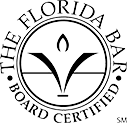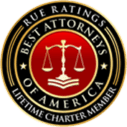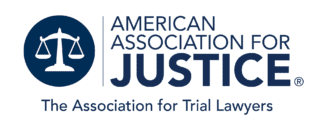Chest Injury Attorneys in Clearwater
A chest injury can result from almost any accident. You might strain a muscle when you are thrown against your seat belt in a car accident. In a workplace accident, a tool could pierce your ribcage and tear your chest muscles. A pedestrian accident could leave you with broken ribs.
Your prognosis and recovery time will depend on the severity of your chest injury. Some chest injuries heal in four to six weeks. Others can leave you in the hospital for days or weeks as you fight for your life.
Schedule a consultation with our Clearwater chest injury lawyers by calling (727) 591-3354 or filling out our online contact form today.
What Is the Structure of Your Chest?
Your chest sits between your neck and your abdomen. Biologists refer to this section of your body as your thorax. The thoracic cavity includes the inside of your chest, which contains your lungs, heart, trachea, esophagus, and major blood vessels.
Broadly, you can refer to injuries to the musculoskeletal portion of your thorax as chest injuries. Injuries to the organs of the thoracic cavity are usually called thoracic injuries.
The most prominent feature of your chest is your ribcage. The ribcage includes 24 ribs arranged in 12 pairs. Doctors refer to the top seven ribs as true ribs because they attach to both your spine and sternum.
The next three ribs — the false ribs — connect to your spine and the true ribs. The final two ribs — the floating ribs — only connect to your spine.
In your back, ligaments hold your ribs to your spine. These ligaments provide a tough but flexible connection between your spine and ribs. This holds the ribs in place as you move, but allows your ribs to flex and twist as you bend or turn your body.
In the front of your chest, cartilage connects the true ribs to the sternum. Cartilage also holds the false ribs to the true ribs. Cartilage provides a tough but flexible connection.
Intercostal muscles sit between the ribs. These muscles work with the diaphragm to expand the thoracic cavity every time you inhale. The lungs have space to inflate with air by expanding the thoracic cavity.
The chest also has large muscle groups over the front, back, and sides of your chest. These muscles connect to the spine, ribs, shoulder blades, collar bones, and skull. They help you hold up your body, lift objects, and bend over.
What Causes a Chest Injury?
Chest injuries usually happen in one of three ways:
Blunt Force Impact
A blunt force impact happens when an object strikes your chest without piercing the skin. When your chest hits the seat belt during a car accident, you suffer a blunt force impact.
Blunt force impacts can fracture ribs and tear cartilage. They can also stretch muscles, tendons, and ligaments.
Penetrating Impact
Penetrating impacts occur when an object pierces the skin of your chest. These injuries can pose a risk to your life because of the vital organs in the chest cavity.
The penetrating object can tear muscles, tendons, and ligaments. It can pierce cartilage and even fracture ribs. If the penetrating object enters the thoracic cavity, it can cause a pneumothorax, damage the lungs, or pierce the heart.
Hyperextension
Hyperextension happens when the muscles, tendons, and ligaments get stretched beyond their normal capacity. This stretching can damage the fibers in the muscles, tendons, and ligaments. When stretched far enough, they can tear.
What Types of Chest Injuries Can Happen?
Chest injuries can cause considerable pain. Your chest expands and contracts with each breath. A chest injury can get aggravated every time you inhale or exhale.
Chest Strain or Sprain
Strains happen when you stretch or tear the muscles in your chest.
Symptoms of chest strain can include:
- Pain
- Inflammation
- Stiffness
- Muscle spasms
- Weakness
Sprains happen when the ligaments connecting your ribs to your spine get stretched or torn.
Symptoms of a sprain include:
- Pain
- Inflammation
- Joint instability
- Bruises
- Popping sound or sensation in the back of your chest during the accident
Doctors rarely operate on a strained or sprained chest. Instead, sprains and strains usually heal with rest and ice in four to six weeks.
Torn Cartilage
Although cartilage provides a strong, tough connection between the ribs and sternum, it can tear under the extreme forces you experience in an accident. Torn cartilage will heal. In the meantime, the loose rib will irritate nearby tissue, causing pain and inflammation.
Dislocated Rib
A rib dislocates when it moves out of place. This can result from torn cartilage at the front of the chest, torn ligaments in the back of the chest, or both.
As the rib moves out of its normal position, it can compress nerves. The compression causes the nerves to become inflamed and painful. Worse yet, since the rib has moved out of place, it could compress nerves every time you breathe.
Fractured Rib
A fractured rib happens when a force overcomes the structural strength of the rib. In most cases, the rib cracks, but the pieces do not displace. As long as the fractured ends of the rib remain aligned, it should heal in six to eight weeks with rest.
Occasionally, ribs will break into three or more pieces. When a rib shatters like this, it can produce a condition called flail chest. With flail chest, the shattered pieces of rib bulge out of the ribcage as the rest of your chest contracts. Flail chest is one of the most serious chest injuries you can experience, with a high risk of death without treatment.
How Do Chest Injuries After a Car Accident Occur?
Everything from the seat belts that protect you from crashing through the windshield to the airbags positioned throughout the car can lead to severe chest injuries if you’re in a collision. Some injuries are more severe than others.
Broken Ribs
Blunt force trauma to the chest can break one or more ribs. This can be highly painful and can make mobility very difficult. Because there’s little that can be done to help the ribs heal besides limiting movement, the process can take a lot of time. It could potentially incapacitate you for months. Broken ribs often increase the risk of other complications, too, like punctured lungs.
Myocardial Contusion
A myocardial contusion is essentially a bruised heart. It can affect the organ’s muscles and nerves, putting the heart’s ability to contract and pump blood effectively at risk. A forceful enough impact can lead to death.
Pulmonary Contusion
A pulmonary contusion is a bruised lung. This is particularly dangerous because you may not even notice there’s a problem until long after the accident. During that time, fluid builds up in the affected lung, reducing the amount of oxygen you have available throughout your body. It could be a life-threatening injury.
Hemothorax
A hemothorax refers to blood that pools between the lung and chest wall. It is most commonly a steering wheel or airbag injury and occurs at the same time as a broken rib or chest contusion.
Pneumothorax
A pneumothorax is a collapsed lung. You suffer this injury when fluid or air leaks into the cavity between the lung and chest, putting pressure on the outside of the lung and causing it to collapse. It’s often the result of blunt force trauma.
How Do You Get Compensation for a Chest Injury?
You need to prove that your chest injury resulted from someone else’s negligence to get compensation. This means you need to show that the person or business failed to exercise reasonable care, and as a result — they injured you.
If you can prove liability for your chest injury, you can recover economic damages for losses such as medical expenses and lost income. You can also recover non-economic damages for personal losses, including pain, suffering, and inconvenience.
Chest injuries can cause you severe discomfort. They can even cause pain with every breath. Fortunately, many chest injuries heal over a few months. But serious injuries can affect you for the rest of your life.
Contact Perenich, Caulfield, Avril & Noyes Personal Injury Lawyers at (727) 591-3354 for a free consultation with our chest injury attorneys in Clearwater to learn about the compensation you can recover for your injury.
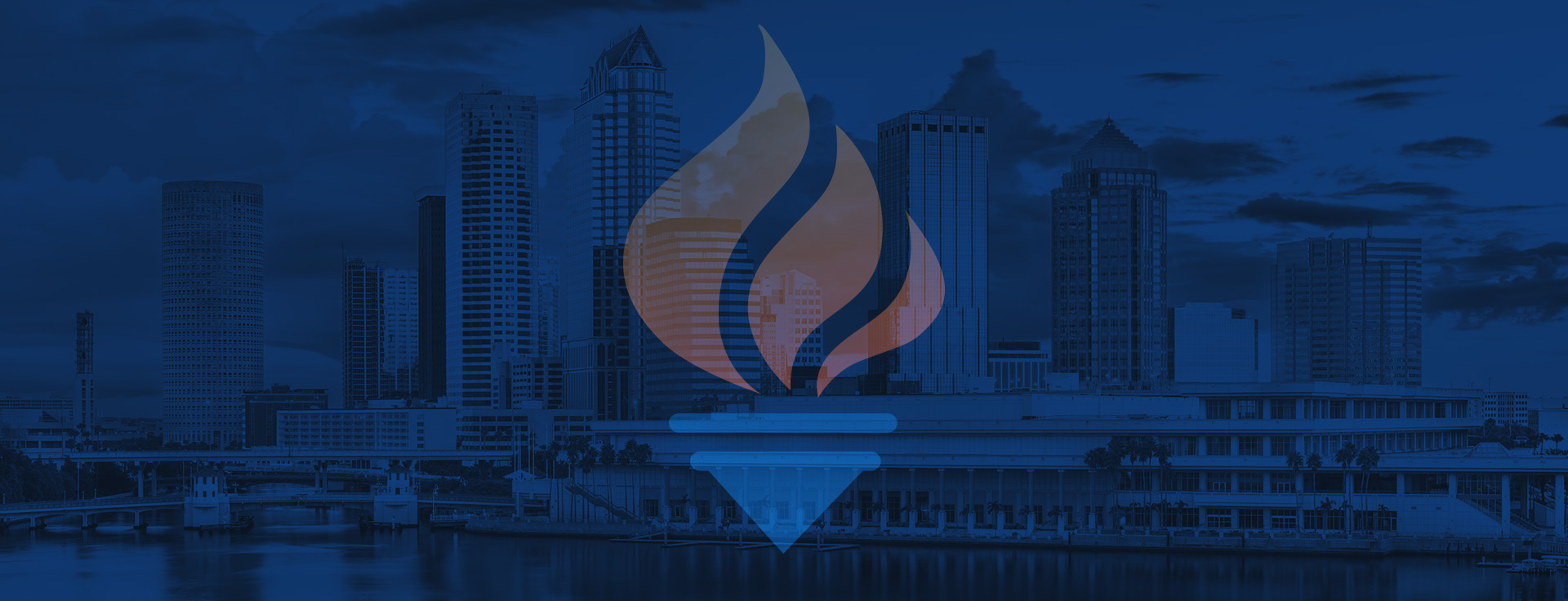
We treat you like family.
If you can’t come to us, we’ll come to you.
Representing Accident Victims in Tampa Bay since 1955
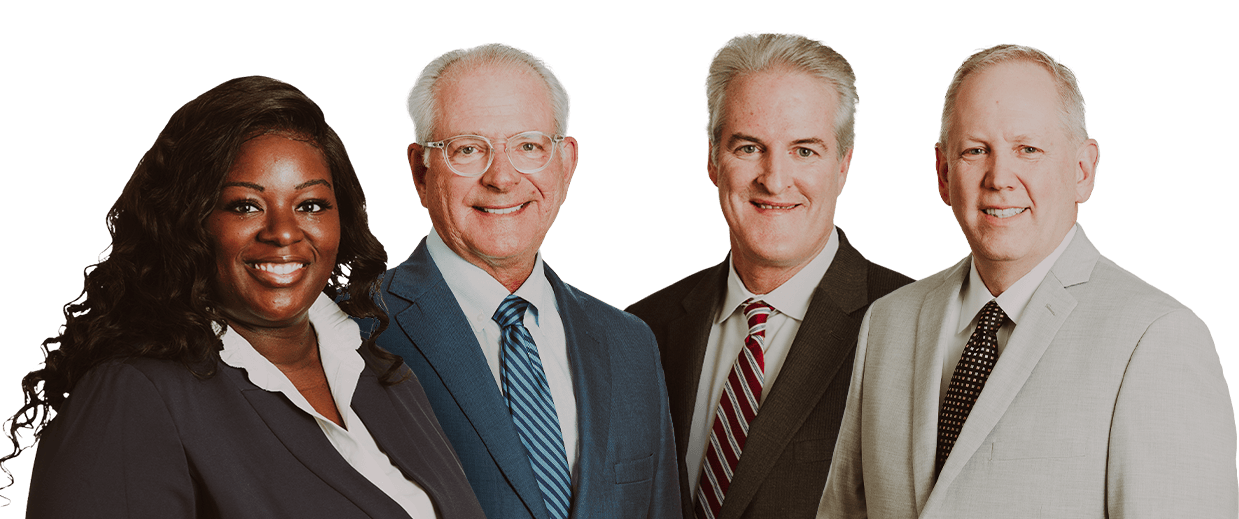


-
“Friendly knowledgeable and kept me informed about my case. Any offer, bill or question was readily answered. Would definitely recommend and refer people to Bryan Caulfield and his team!!”- Betty B.
-
“Mrs Bryant works her butt off to make sure you get what is do to you in medical and beyond! They won’t take your case if they don’t feel you haven’t been wronged.”- Christine R.
-
“Working with Mark Perenich on my auto injury case was an absolute game-changer. From the very beginning, he brought a level of professionalism, expertise, and care that immediately put us at ease.”- Kerry B.
-
“Lorrie and Allyson are phenomenal. I highly recommend them to anyone. It seemed like a never ending journey but I can’t thank them enough for diligently fighting my case with the greatest integrity, support and prayers.”- Former Client
-
“Allyson has been so helpful with navigating the disability process for my husband!”- Kaitlyn S.
-
“It honestly couldn’t have gone better. Pretty much perfect.”- Andreas B.
-
“From the first day we met this law group I felt very comfortable and knew we would be well taken care of. This was our first experience filing for SSD, and was not disappointed. The lawyers are awesome and very professional.”- Shari J.
-
“Very nice they worked with you. Never ignored me with my case. Always on top to work with you. Thank you so much for all that you have done to help me! Very highly recommend.”- Margarita O.
-
“My appointed attorney was Jacqueline, Bryant. She is very compassionate about her client and work. When it comes to negotiation, she's a Beast and she gets the job done.”- Alaina J.
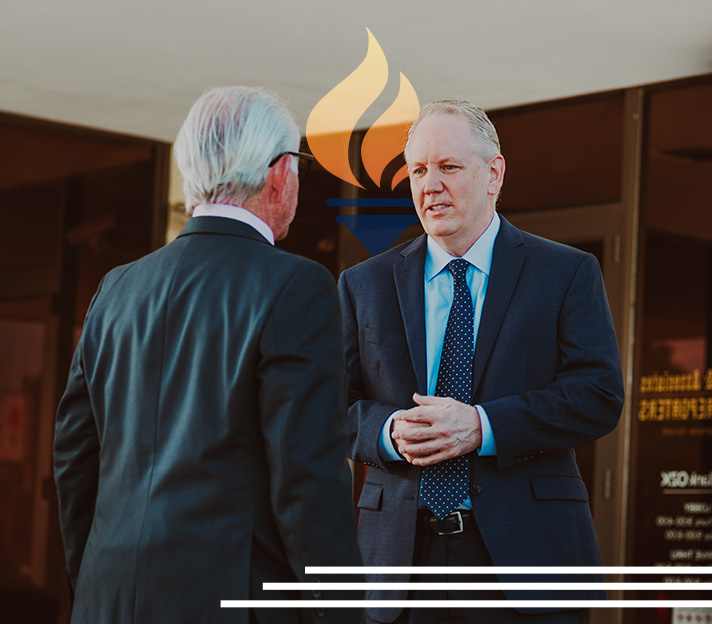

We’ve been proudly serving Clearwater, St. Petersburg, and the Tampa Bay area for generations. As the first personal injury law firm in Clearwater, our dedicated legal team brings over 300 years of combined experience to each and every case. If you’ve been injured and need support, please reach outtoday for a free consultation, we are here to help you.










